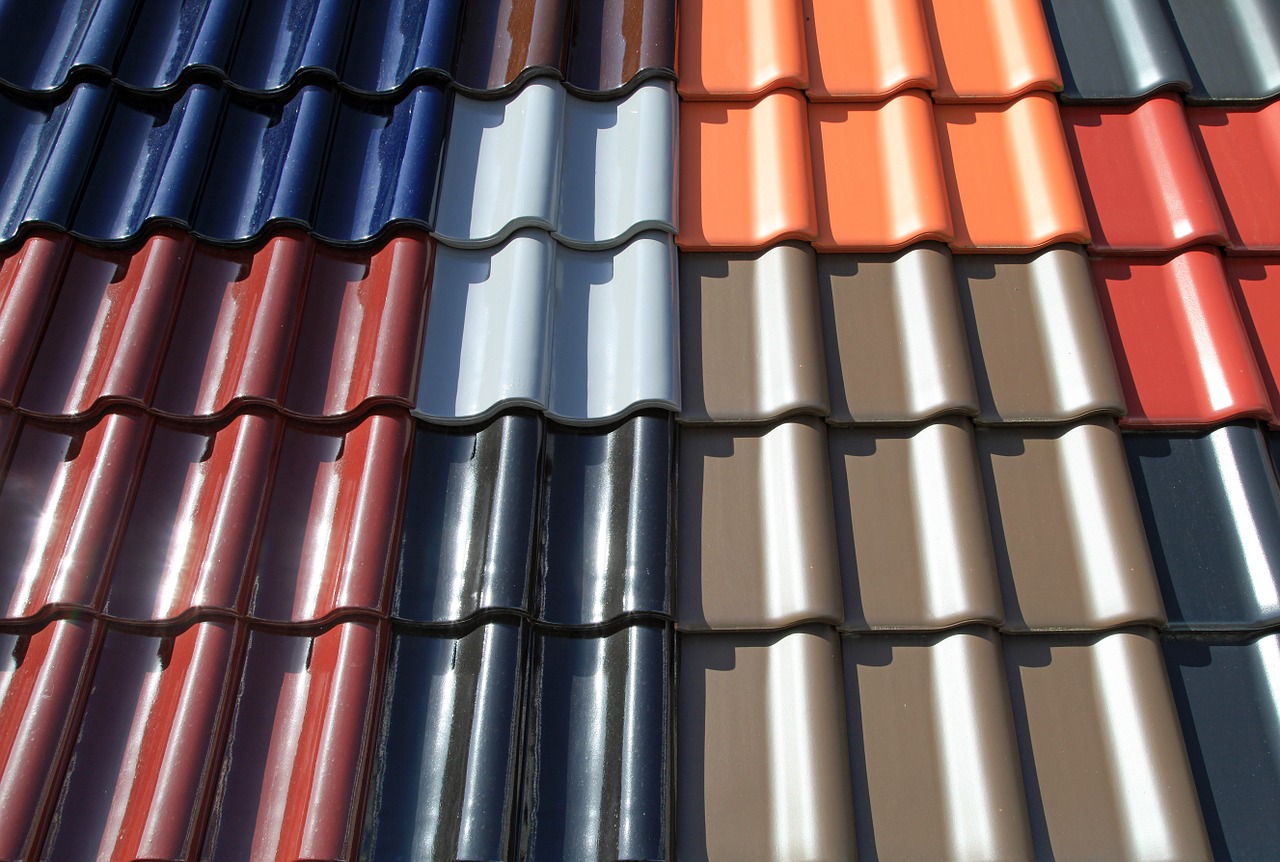
Roof waterproofing is an essential aspect of maintaining a long-lasting and durable roof. It plays a critical role in preventing water infiltration, which can lead to significant damage and costly repairs. Understanding the basics of roof waterproofing can greatly enhance the life of your roof and protect your home from the elements.
Investing in high-quality roof waterproofing methods not only safeguards your property but also adds to the overall value of your home. In this guide, we will explore the various aspects of roof waterproofing, including materials, techniques, and the benefits it brings to homeowners.
Roof Waterproofing in Canberra VIC
The Ultimate Guide to Roof Waterproofing
Roof waterproofing begins with selecting the right materials suited for your roofing type and environmental conditions. Common materials used for waterproofing include bituminous membranes, liquid applied membranes, and EPDM rubber roofing systems. Each material has its own advantages, and choosing the right one can greatly affect the performance and longevity of your roofing system.
Bituminous membranes are known for their durability and flexibility, making them an excellent choice for a variety of roofing styles. Liquid applied membranes are popular due to their seamless application process, which eliminates any potential weak spots associated with joints.
EPDM rubber roofing systems provide a high level of resistance to temperature extremes and UV radiation, making them ideal for roofs that experience harsh sunlight or heavy snow. By understanding the unique properties of these materials, you can make an informed decision on which is best for your home.
Proper installation is key to effective roof waterproofing. Whether you choose to hire a professional contractor or take on a DIY project, attention to detail is paramount. For professional installations, ensure your contractor is experienced and has a good track record with waterproofing projects.
DIY enthusiasts should meticulously follow manufacturer guidelines for each product, considering weather conditions during installation to avoid future issues. Precise application and curing times are essential to a successful waterproofing job.
Regular maintenance checks play a critical role in identifying problematic areas early, such as cracks or punctures, and addressing them before they cause more serious damage. By establishing a routine maintenance schedule, you can extend the life of your roof and the effectiveness of the waterproofing solution.
More Resources
The benefits of roof waterproofing extend beyond preventing water damage. It improves the energy efficiency of your home by reducing heat loss in the winter and minimizing heat gain during the summer. This contributes to lower energy bills and a more comfortable living environment year-round.
Furthermore, a waterproofed roof can help maintain the structural integrity of your home. By preventing water from seeping into vulnerable areas, such as the attic or walls, you avoid potential issues like mold growth, wood rot, and compromised insulation.
Additionally, the aesthetic appeal of your home can be preserved through effective waterproofing. By protecting the surface and color of your roofing material, you keep your home looking fresh and well-maintained, which is crucial if you ever decide to sell your property.
Why Roof Waterproofing is Essential for Your Home
Choosing the right contractor for your roof waterproofing needs is a decision that can make or break the success of your project. Look for contractors who have a solid reputation, verified references, and the necessary licenses or certifications in your area.
It's important to ask potential contractors about their experience with homes similar to yours, as well as their preferred waterproofing methods and materials. Understanding their approach can help you gauge whether they'll meet your specific needs and expectations.
Also, ensure that the contractor offers a warranty on their work, which can provide peace of mind against potential future issues. A good warranty should cover materials, workmanship, and any necessary repairs related to installation failures.
Innovations in roof waterproofing technology continue to emerge, providing homeowners with more efficient and effective solutions. Sustainable options such as green roofs or cool roofs not only help with waterproofing but also contribute to environmental benefits by reducing urban heat islands and improving air quality.
The integration of smart technology also allows homeowners to monitor their roofing conditions more closely. With sensors that detect moisture levels, temperature changes, and structural integrity, you can receive alerts when potential issues arise, allowing for quick intervention.
Staying informed about these advancements in roof waterproofing can help you make smarter choices for your home and leverage technology to create a safer, more efficient living space.
Comments
Post a Comment